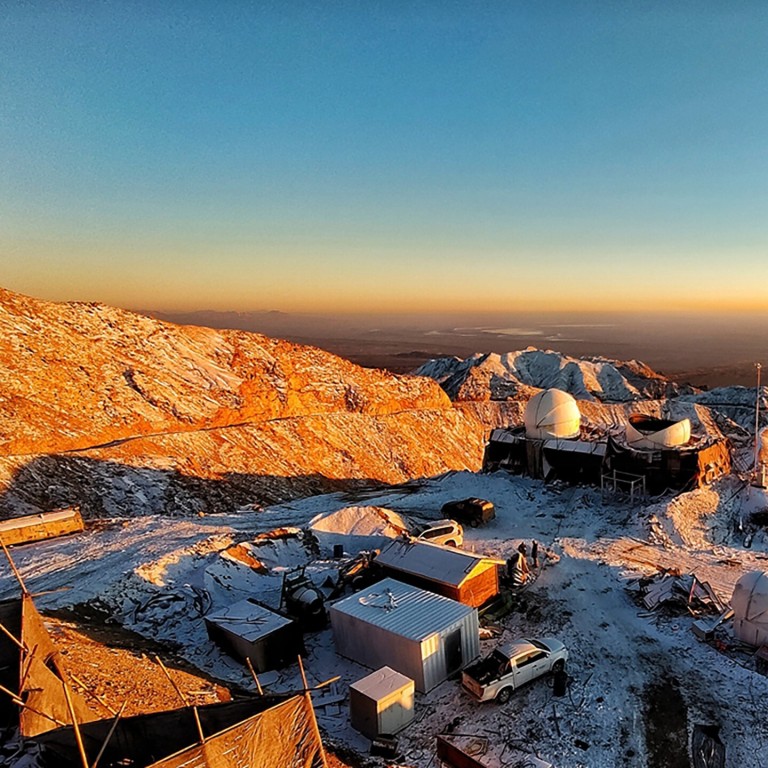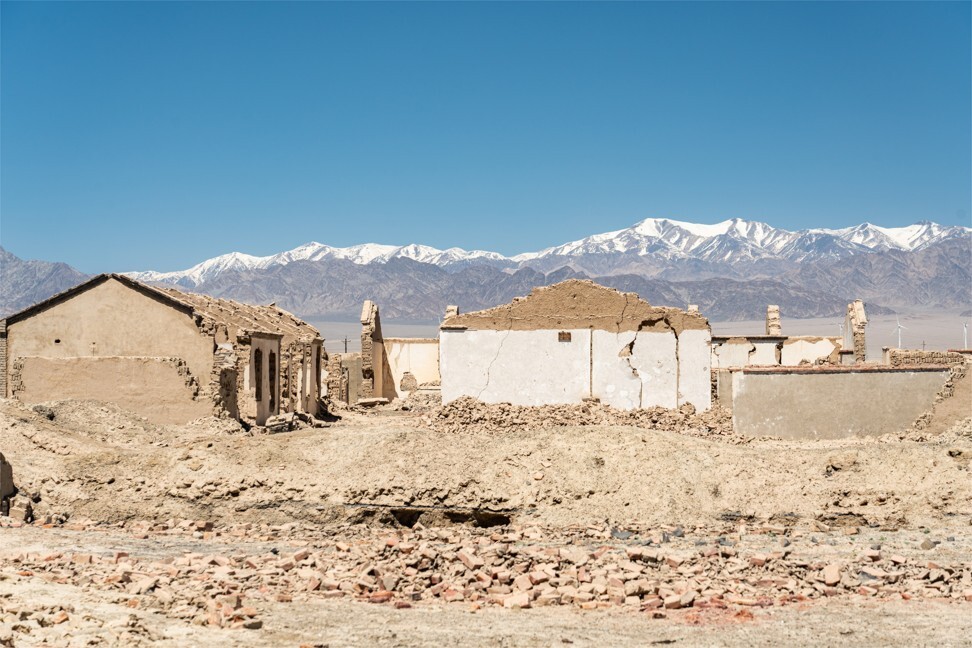
The Chinese ghost town with a brighter stargazing future
- Lenghu on the Tibetan Plateau was abandoned when the oil ran out in the 1960s
- But researchers say the isolated area is just the place to look into the depths of the universe
When the oil wells dried up more than half a century ago in the remote Tibetan Plateau town of Lenghu, the people left.
The arid, high-altitude community in Qinghai province became a ghost town, abandoned save for the occasional intrepid tourist or photographer.
But in the last few years, the town has become the centre of intense scientific activity, with Chinese researchers putting it on the map as one of the world’s best locations for astronomical observations.
In a paper published in the journal Nature on Wednesday the researchers said their three-year study indicated that Lenghu is on par with the world’s best astronomical sites, including Cerro Paranal in Chile and Mauna Kea in Hawaii.
And for some observations that require extreme clarity to look back to the early universe, the conditions at Lenghu – meaning “cold lake” – have no rival.
On a typical day at Lenghu, “there is no cloud for 10 hours. It is the same at night,” lead astronomer Deng Licai with the National Astronomical Observatories said in an interview with state television on Thursday. “And there is very little water in the air.”
China has invested heavily in space observations in recent years, building some costly, cutting-edge research infrastructure including the biggest radio telescope and most powerful cosmic ray detectors in the world.
But the investment could not make up for the absence of a world-class observation site in the country. To get clearer pictures they had to go to South America, Hawaii or the Canary Islands – all in the Western Hemisphere.
China has set up some telescopes in Antarctica and plans to launch its own advanced space telescope in a few years, but this technology is small compared with a standard observatory.
“The discovery of the Lenghu site removed a bottleneck that has been hindering the development of Chinese astronomy for a long time,” the Chinese Academy of Sciences said in a statement on Thursday.
China to open up Fast telescope to foreign scientists – including those searching for alien life
Conditions at Lenghu are extremely dry, meaning less light from sources such as distant stars is deflected or absorbed by vapor in the atmosphere. The drier the atmosphere, the more details a telescope can observe.
The researchers found that in winter in Lenghu, the amount of water in the atmosphere was about 30 per cent less than that at the Mauna Kea site in Hawaii, the driest of the established observatories.
Water molecules are effective at trapping heat and for scientists studying infrared signals, the drier conditions could help reveal information about the formation of certain materials including organic matter in distant galaxies.
“Lenghu has a much higher potential than other known sites for infrared wavelengths [for searching life on exoplanets],” Deng and colleagues said in the paper.
Also working in Lenghu’s favour is its consistent air temperature.
“The median night temperature variation is only 2.4 degrees Celsius, indicating very stable local surface air,” the researchers said.
They said that for about 70 per cent of the year conditions at Lenghu were suitable for astronomical observations. That was slightly lower than some sites such as La Palma on the Canary Islands but on fully clear nights, of which there were about 90 days a year, the visibility at Lenghu beat almost anywhere else on the planet, said Deng and colleagues.
The academy said the researchers confronted extreme conditions to get their data.
Lenghu is about 2,700 metres above sea level, but some observations required the team to set up instruments on a mountaintop at an altitude of more than 4,000 metres and inaccessible by road.
The local government sent a helicopter to help, but some instruments had to be carried up on the backs of the researchers.
“The team members conducted more than 10 risky climbs,” the academy said.
But only a few hours drive from an international airport in the tourist town of Dunhuang, Lenghu is not as remote as other astronomical sites in Tibet.
China’s FAST is world’s only giant, single-dish radio telescope after Arecibo collapse
Chinese media reports said work had started on construction of some telescopes at the site, and regulations passed to prevent economic activities that would cause light pollution.
The Chinese researchers said the centre, which is not far from the oil industry ruin, would prosper again as one of the most important astronomical centres in the world.



